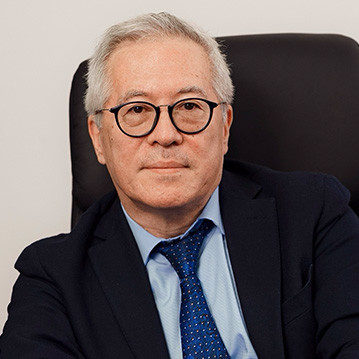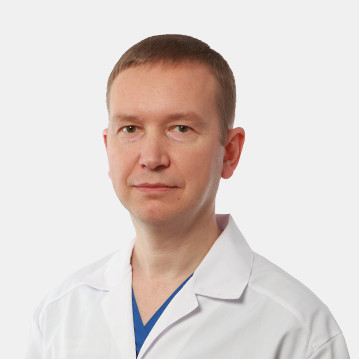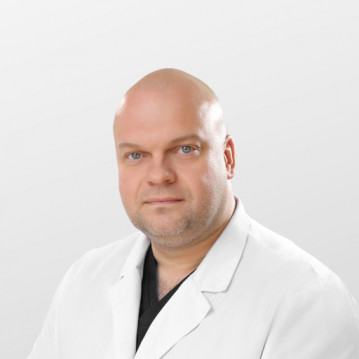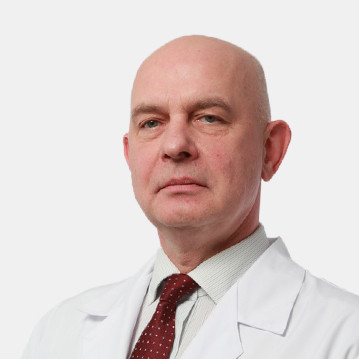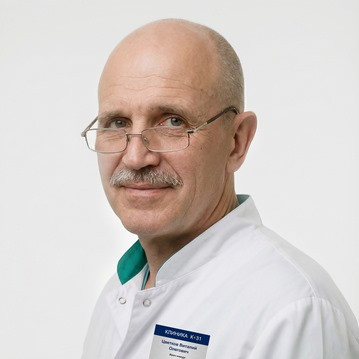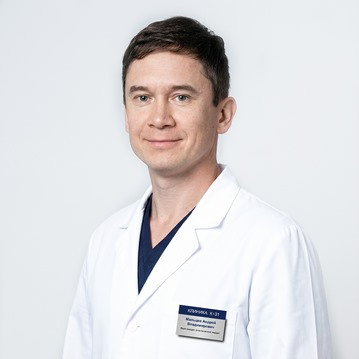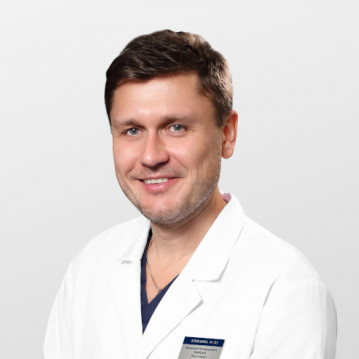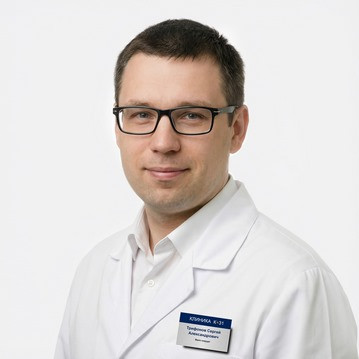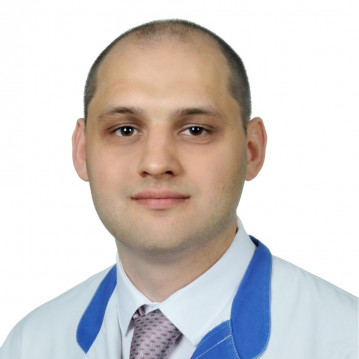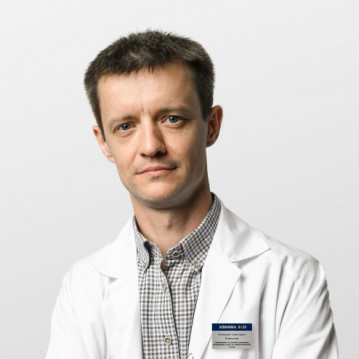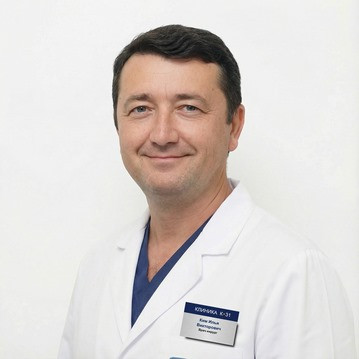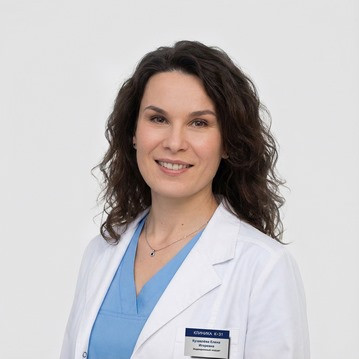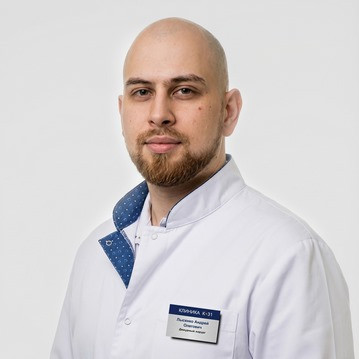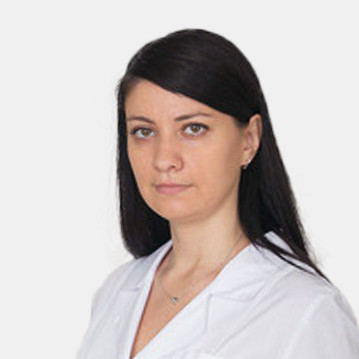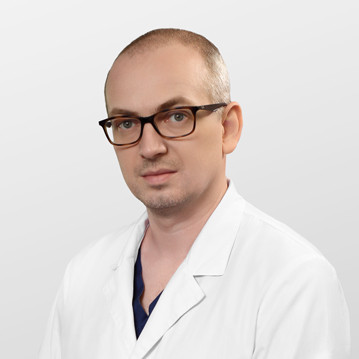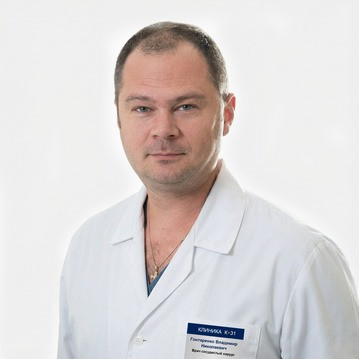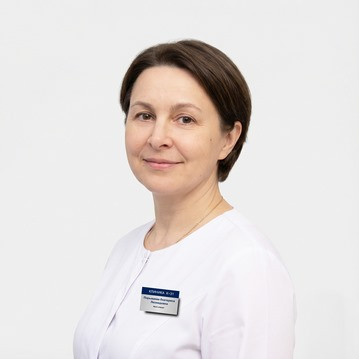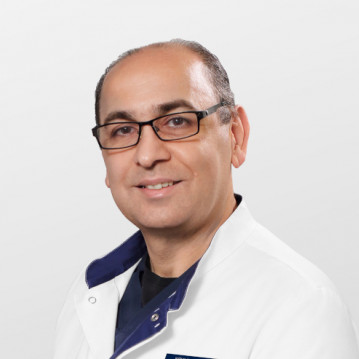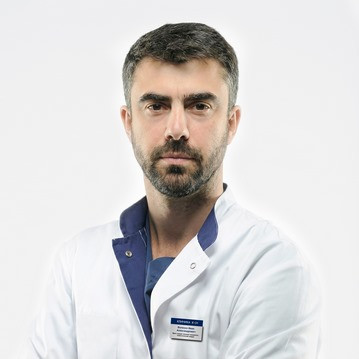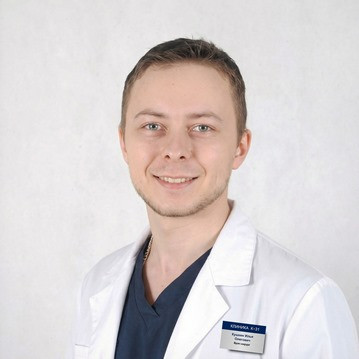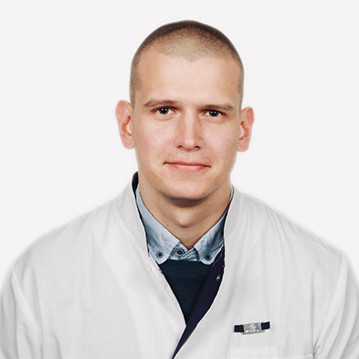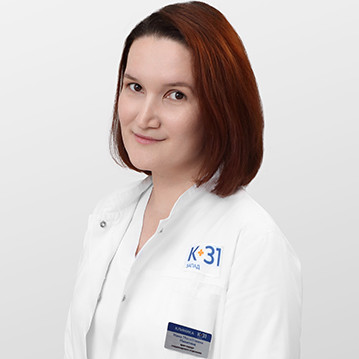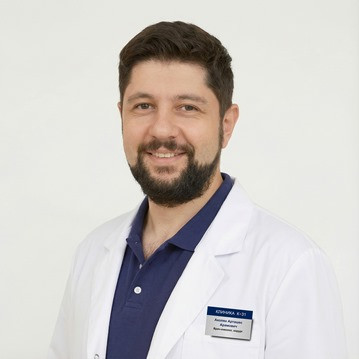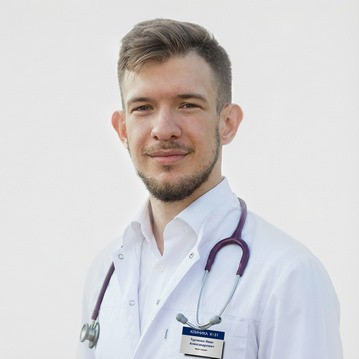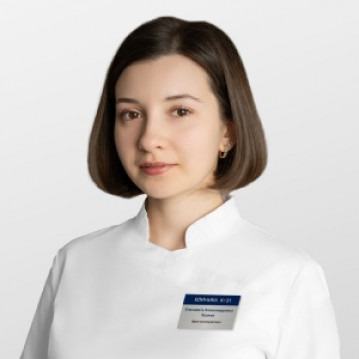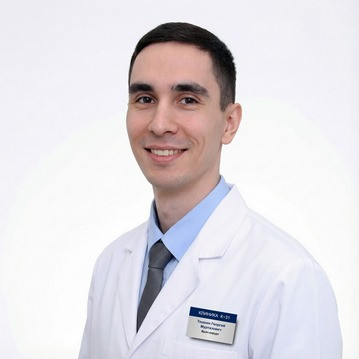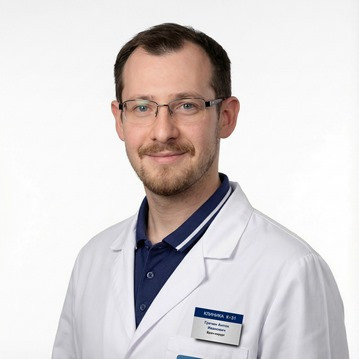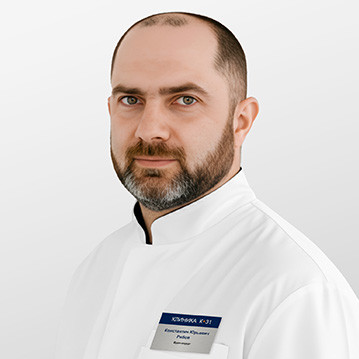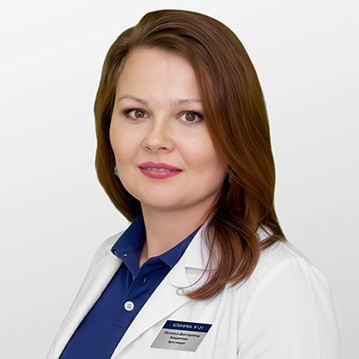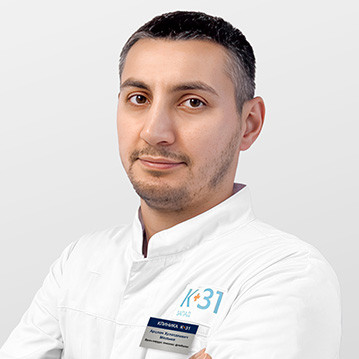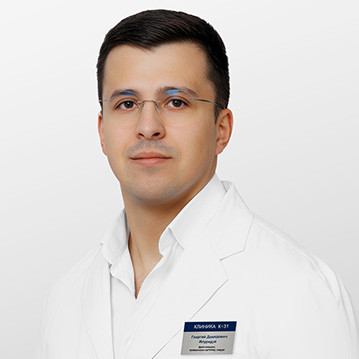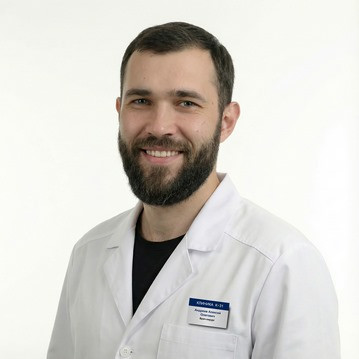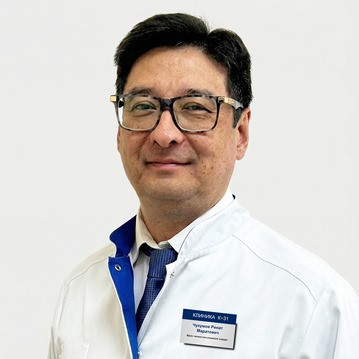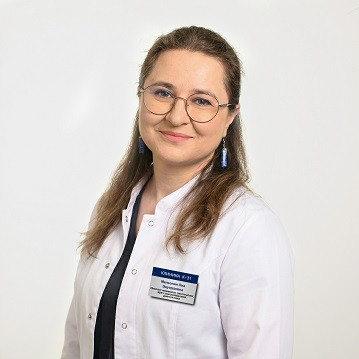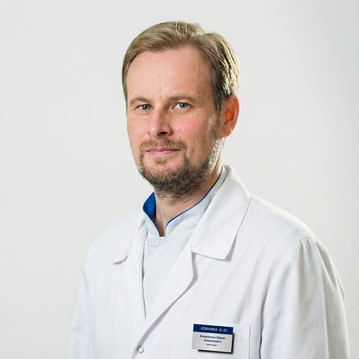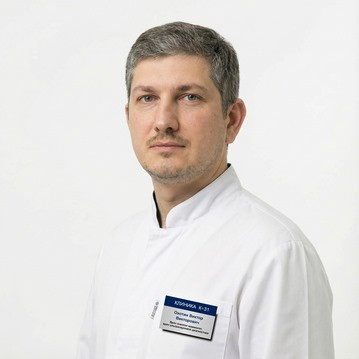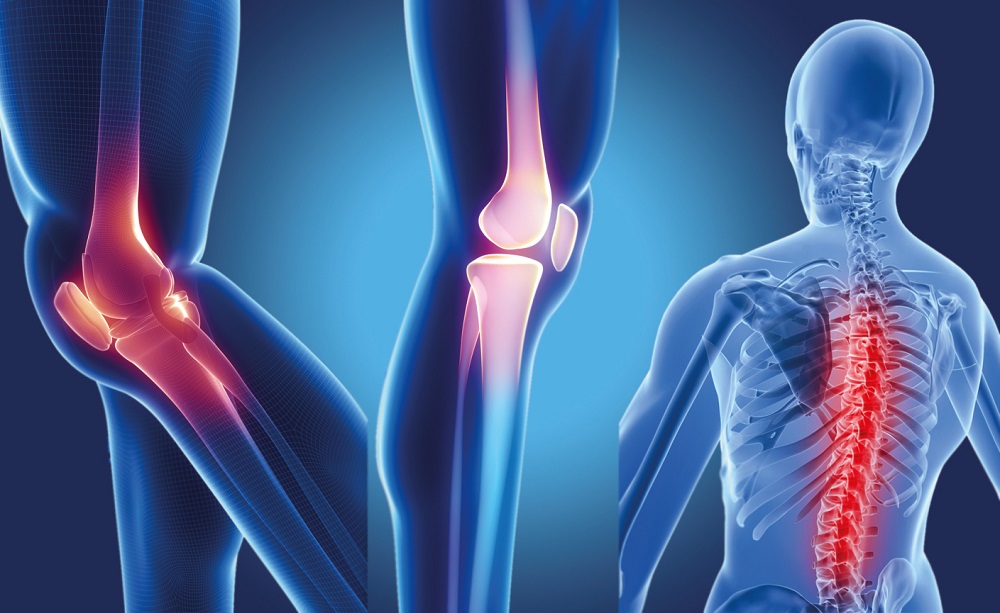
Unfortunately, traumatic injuries are not uncommon. Some pass without consequences, others require surgical treatment followed by rehabilitation. Traumatologists are treated with fractures, bone fractures, dislocations, ruptures of ligaments, joint capsules and tendons.
The main areas of work of the Department of Surgical Traumatology:
- Restoring the shape of the foot, hand.
- The return of the lost functions to the limbs.
- Elimination of skin defects such as lacerations.
- Suturing of nerve fibers, tendons.
- Endoprosthetics - replacement of a joint or its parts with artificial implants.
The specialists of the K+31 clinic solve not only the usual problems listed above, but also rare, atypical problems. Our multidisciplinary medical center uses an integrated approach: we can conduct a full examination, undergo treatment using minimally invasive and high-tech surgeries with the possibility of subsequent rehabilitation.
The most common injuries are the hands, knees, feet and spine.
Foot surgery
Injuries to the ligaments, joints and bones of the feet are injuries that often occur in people from certain risk groups:
- Athletes.
- Overweight.
- Wearing uncomfortable shoes.
- Forced to spend more than four hours a day in an upright position due to work (teachers, surgeons, hairdressers, salespeople, production workers with conveyors).
- Women walking in high heels.
- Pregnant.
During the operation, the doctor removes defects, removes edema, and, if necessary, replaces parts of the joints.
Hand surgery
Human activities often lead to injuries to the hands, especially the hands, which is manifested by a violation of their functions, the inability to perform minor work, and a decrease in the quality of life. The choice of surgical treatment tactics is determined by the type of pathology. In case of malfunction of the joints, fragmentation of bones, they resort to endoprosthetics - the installation of high-tech artificial joints. Complex structures are used as prostheses, which are distinguished by mobility and are capable of performing all functions with the load usual for the hand.
When creating endoprostheses, it is very important to take into account the anatomical features of the hand. It is necessary that the artificial joints function fully, cope with the daily load, do not cause discomfort, and have a long service life. We work with individually designed prostheses from quality licensed materials, which eliminates the risk of unsuccessful interventions.
